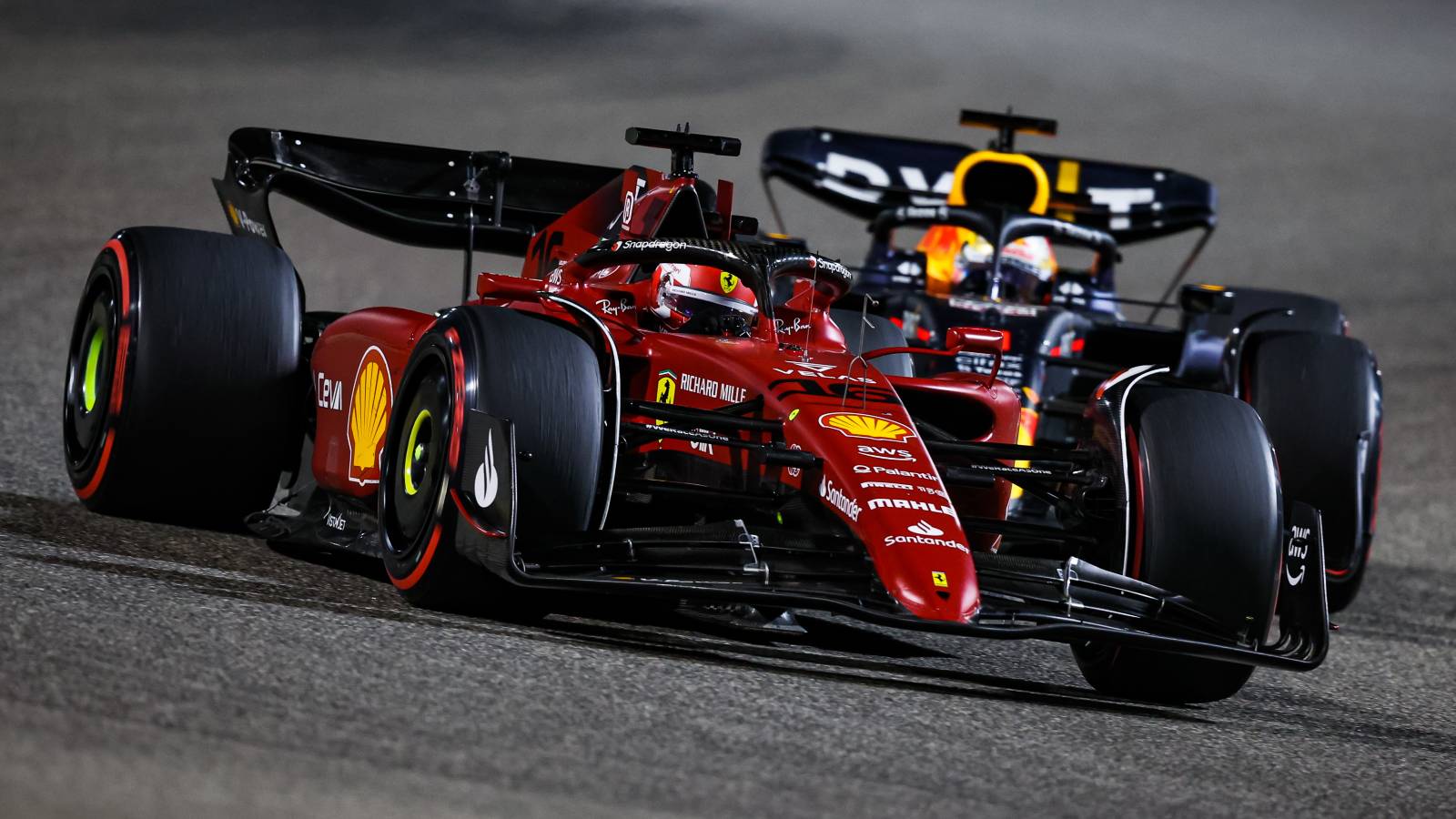Revealed: The three rules introduced by the FIA because of Max Verstappen
Max Verstappen has had FIA rules introduced because of him.
Max Verstappen holds the unique distinction of being the youngest driver in the history of Formula 1, and after his arrival, there are at least three key regulations the FIA have introduced because of him.
The Red Bull driver is rapidly making his way up the all-time record lists as his dominance of the sport continues at pace, and he has certainly made waves along the way – though that has not come without its moments which have prompted the FIA into action at times.
Three FIA rules introduced because of Max Verstappen
Minimum age to be granted an FIA Super Licence
The meteoric rise of Verstappen to Formula 1 in only his second full season of car racing – making his FP1 debut with Toro Rosso at just 17 years and three days old at the 2014 Japanese Grand Prix before a full-time seat in 2015 while still only 17 – prompted the FIA to write a minimum age of 18 into the rules for gaining a Super Licence, an absolute requirement for driving in Formula 1.
This stood for quite some time before June 2024 before the rule was relaxed slightly, believed to be through the emergence of another potential starlet in Andrea Kimi Antonelli.
While the minimum age of 18 for an FIA Super Licence still stands, a change has been made to the International Sporting Code that states: “At the sole discretion of the FIA, a driver judged to have recently and consistently demonstrated outstanding ability and maturity in single-seater formula car competition may be granted a Super Licence at the age of 17 years old.”
Learn more about Max Verstappen
Before 2021: What Lewis Hamilton and Max Verstappen said about each other before F1 relationship turned sour
The many milestones Max Verstappen can reach in the F1 2024 season
The ‘Max Verstappen rule’ [no moving under braking]
After a particularly fractious battle with Kimi Raikkonen at the 2016 Hungarian Grand Prix, in which Verstappen was adjudged to have moved across the track under braking while defending from the then-Ferrari driver – who expressed his anger over team radio when he got front wing damage after Verstappen jinked at the last moment into Turn 3 – the FIA were quick to clamp down on the practice.
While it was a ban on moving under braking outright, which came into force at the US Grand Prix after consultation with drivers, it quickly became known as the ‘Verstappen rule’ due to his instigation of its introduction, and then-race director Charlie Whiting referred to it by that name when the rule was dropped for a broader regulation in early 2017.
“I think there would be a small change in some of the incidents that we’ve seen, they’d be handled quite differently simply because the so-called ‘Verstappen rule’ is gone to the effect that before we said any move under braking will be investigated,” Whiting explained back in 2017.
“Now, we have a simple rule that says effectively that if a driver moves erratically or goes unnecessarily slow or behaves in a manner that could endanger another driver, then he will be investigated. So there’s a very broad rule now.
“The stewards will be invited to simply focus on every incident and judging on its own merits. So each incident will be dealt with only on the basis of whether or not it was a dangerous manoeuvre, not necessarily because he moved under braking.”
A key Safety Car rule change




At the start of the 2022 season, after Verstappen had been following Charles Leclerc too closely at Safety Car restarts – pulling up alongside the Ferrari driver to try and stay as close as possible – the FIA intervened.
Verstappen had looked to draw alongside Leclerc in both Bahrain and Saudi Arabia while following him as the race was getting back underway again, but a clarification was added to their sporting regulations in which drivers are no longer allowed to have a part of their car alongside the car in front at Safety Car restarts – which came with an accompanying diagram to illustrate the point.
There were wider implications to this rule beyond Verstappen, though, with the FIA looking to stop the lead car or cars throughout the field accelerating and braking before the restart, so as to lower the possibility of any safety issues.
The clarification reads: “In order to avoid the likelihood of accidents before the safety car returns to the pits, from the point at which the lights on the car are turned out, drivers must proceed at a pace which involves no erratic acceleration or braking nor any manoeuvre which is likely to endanger other drivers or impede the restart.”
Read next: Max Verstappen’s car collection: What cars does the Red Bull driver own?

